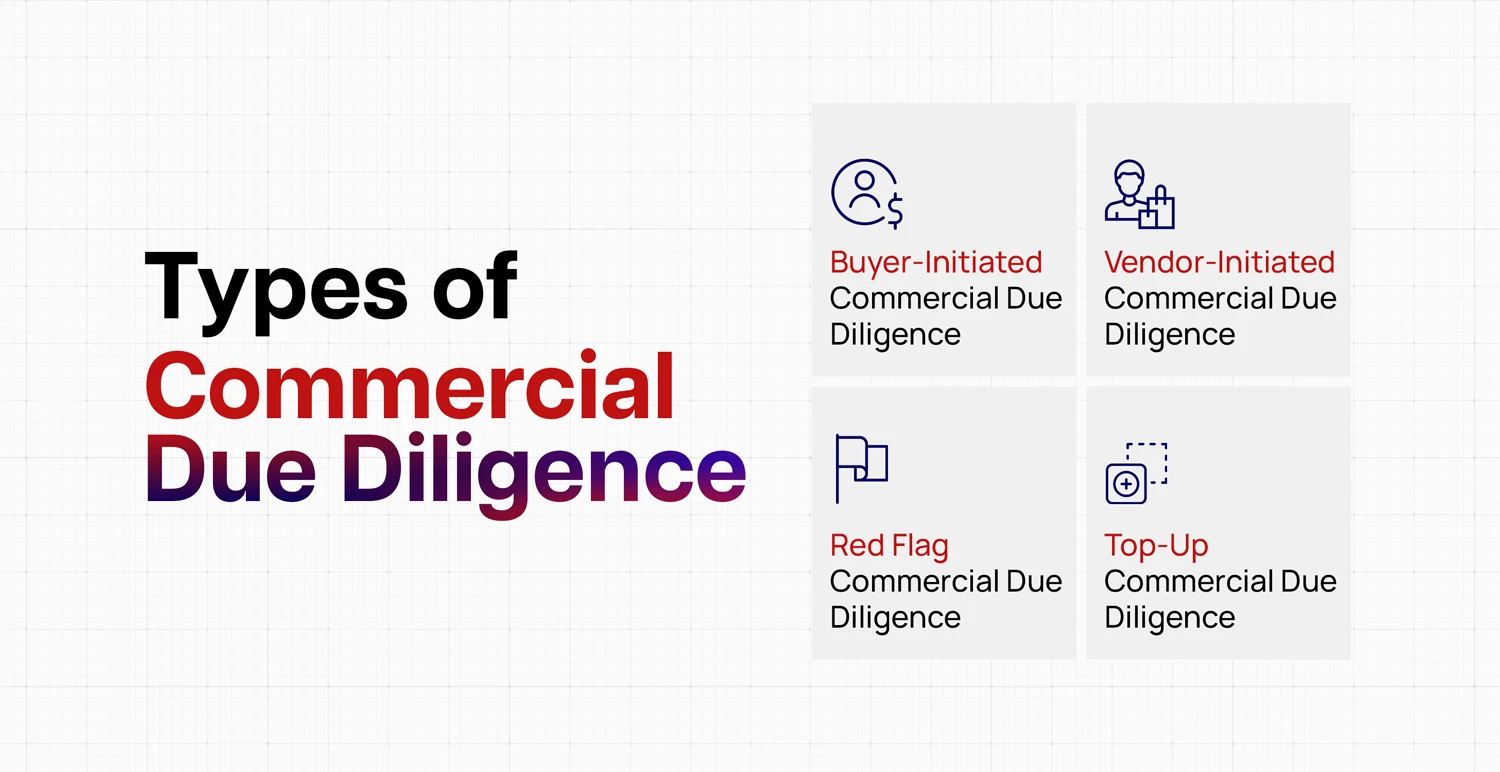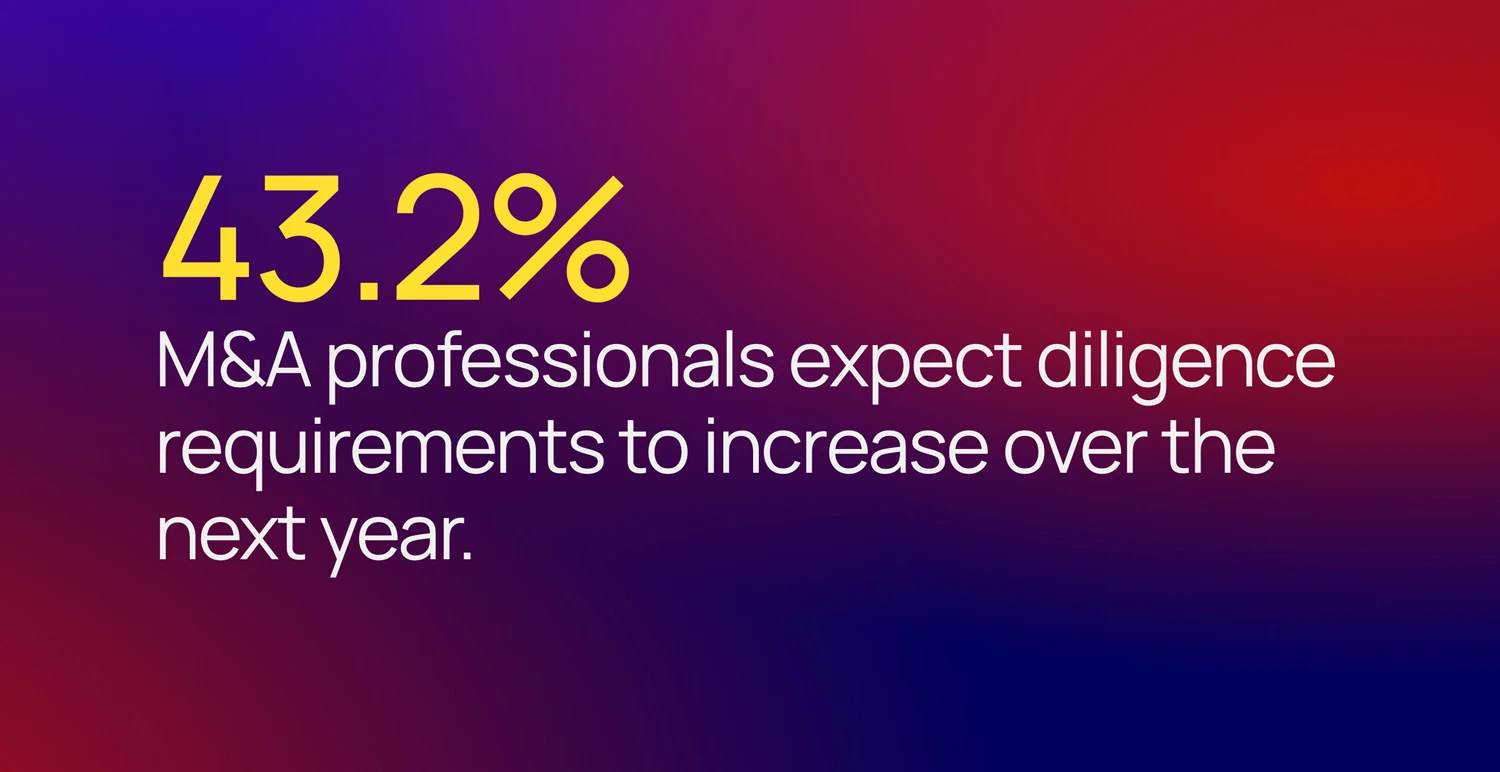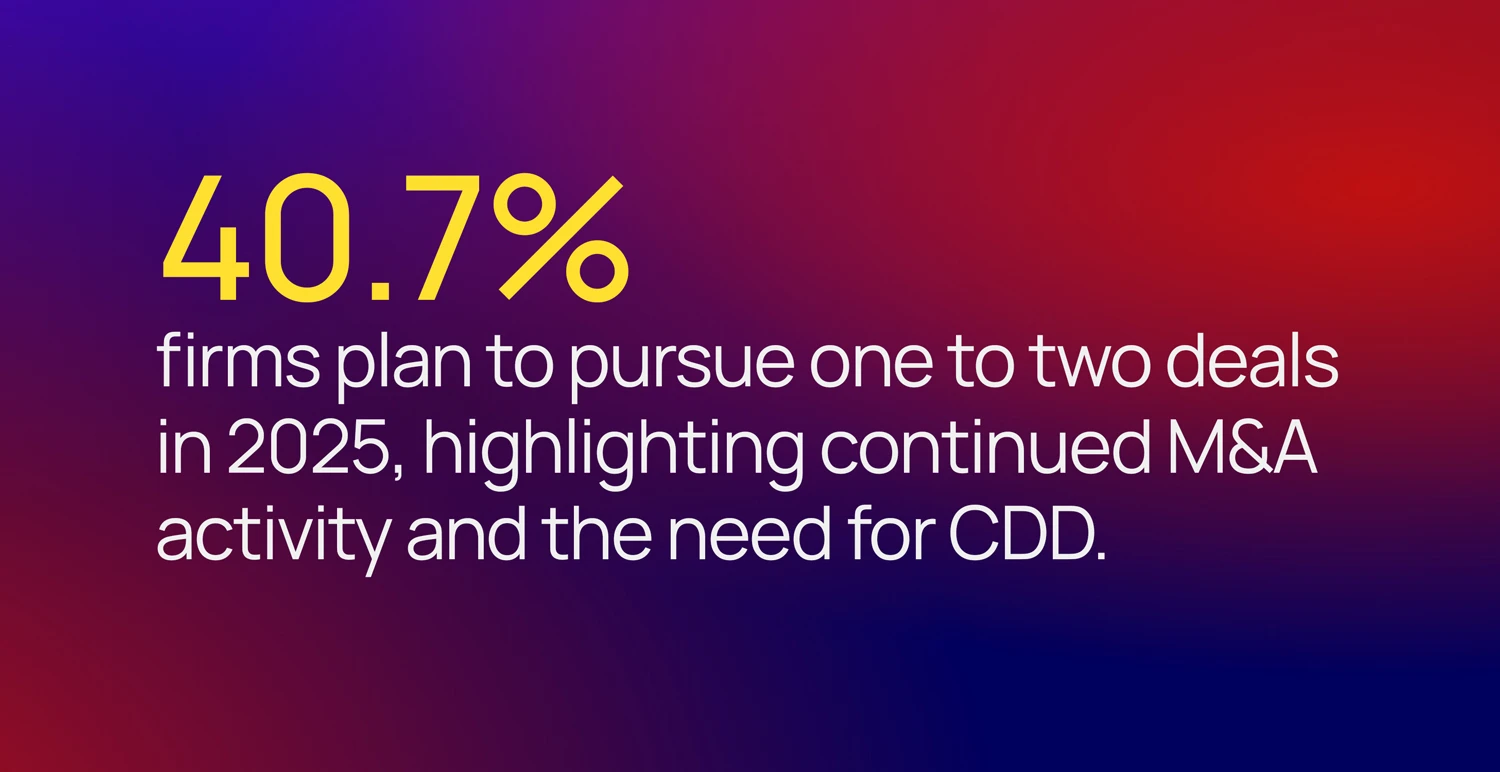Commercial Due Diligence (CDD) refers to an evaluation process where a prospective buyer audits the commercial viability, market position, and growth potential of a target company. This is a comprehensive analysis of business operations, along with crucial aspects like market demand, revenue streams, and competitive dynamics. Particularly, CDD is essential in M&A since it forms the basis of any deal.
In this article, we are going to help you understand the different types of due diligence services, their process, and why CDD matters in M&A.
- What is Commercial Due Diligence?
- Types of Commercial Due Diligence
- The Process of Commercial Due Diligence
- What Should a Commercial Due Diligence Report Include?
- Commercial Due Diligence Checklist
- Why is due diligence important during M&A Transactions?
- Impact of CDD
- Professional Due Diligence Consultancy Services
What is Commercial Due Diligence?
CDD involves evaluating the market positioning and future growth potential of a company. This is different from other forms of due diligence like financial, legal, and operational ones. CDD primarily evaluates the commercial feasibility of the acquisition.
If you’re buying another company, it’s essential to evaluate the commercial feasibility of the acquisition. Thus, as a buyer, your firm needs to evaluate factors like market trends, competitive positioning, and the sustainability of the business model. This informed and data-driven approach elicits a positive outcome of the deal.

Types of Commercial Due Diligence
1. Buyer-Initiated Commercial Due Diligence
2. Vendor-Initiated CDD
3. Red Flag CDD
4. Top-Up CDD
| Type of CDD | Who Initiates | Purpose/Focus | Key Benefits |
| Buyer-Initiated CDD | Buyer | Comprehensive assessment of business operations, financials, and market positioning | Informed decision-making for the buyer |
| Vendor-Initiated CDD | Seller | Identifies and addresses potential risks before buyer’s evaluation | Increases marketability and value of business |
| Red Flag CDD | Buyer/Seller | Quick, high-level review to spot major risks or deal-breakers | Saves time and resources, early risk detection |
| Top-Up CDD | Buyer/Seller | Supplements existing due diligence, focuses on specific areas | Fills information gaps, ensures thorough evaluation |
The Process of Commercial Due Diligence
1. Liaising Process
2. Preparing the Commercial Due Diligence Report
3. Commercial Due Diligence Report Review
Finally, the buyer reviews the report to determine whether or not the initial investment thesis remains valid. They evaluate factors like revenue margins, competitive landscape, and growth potential. Accordingly, the buyer decides whether they should proceed with the transaction.

What Should a Commercial Due Diligence Report Include?
A thorough CDD report provides a holistic view of the target company. Key components in the report include:
- Company overview: A summary of the history, mission, and operations of the company.
- Management structure: Details about the leadership team and employee agreements.
- Legal matters: A review of contracts, litigation, and compliance issues.
- Products and services: An overview of the offerings and market strategy of the company.
- Financial model: Historical and projected financial performance and sustainability.
- Marketing analysis: Insights into the marketing strategy, customer base, and competitive advantages of the company.
- Competition: A comparison of the position of a target company to that of its competitors.
Commercial Due Diligence Checklist
A commercial due diligence checklist typically includes the following:
- An analysis of the growth drivers and sustainability of the target company, including market size
- Competitive landscape, which evaluates the strengths and weaknesses of the competition
- Business plan review, which includes the revenue growth potential of the company
- Understanding customer demographics, retention, and churn rates
- Reviewing the sales strategy and customer acquisition costs of the company
- Examining profitability, revenue growth, and cost structure as a part of financial health
Why is due diligence important during M&A Transactions?
The benefits of commercial due diligence during M&A transactions are many.
- Firstly, the buyer can carry out informed negotiations from a point of strategic strength as the company is armed with detailed insights about the target firm.
- Secondly, due diligence ensures that the buyer makes a good investment. CDD provides the confidence that the business is promising.
- CDD helps predict the future performance of the company in the respective market.
- It provides a detailed understanding of competitors and helps in understanding the growth potential of the company.

Impact of CDD
The impact of commercial due diligence has grown significantly with the use of AI and machine learning. These technologies help analyze large volumes of data more quickly, identify patterns that may go unnoticed manually, and offer sharper assessments of market risks and opportunities. This results in faster decisions and more reliable evaluations during transactions.
CDD goes beyond checking for risks—it confirms the business’s actual worth, examines its market standing and competition, and supports better decision-making during acquisitions.
Professional Due Diligence Consultancy Services
FAQs
1. Why do businesses conduct commercial due diligence?
2. What does the commercial due diligence process involve?
3. What is commercial due diligence?
4. When is commercial due diligence required?
5. Who conducts commercial due diligence?
6. What areas are covered in commercial due diligence?






















 IMC Group
IMC Group